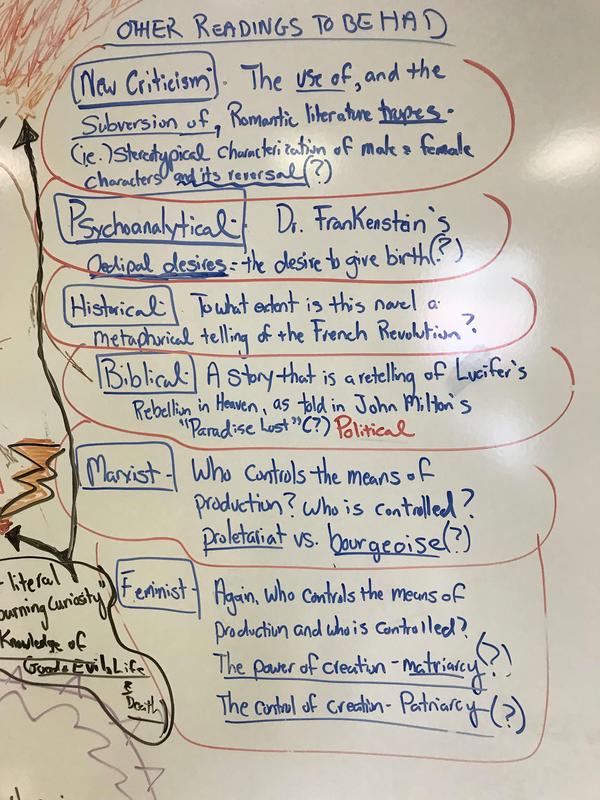

In his haste to profit from the stage production, he would not have consulted her about revisions. For all she knew, Frankenstein was just a passing fad, and her father was right to cash in as quickly as he could. Mary Shelley gave it away because she no longer had any use for it except as a literary memento and a mark of gratitude. Thomas’s notes on the half-title), and received this copy as a parting present.

This person, as yet unidentified, helped her through this difficult period (see Mrs. While en route she passed some time in Albaro, near Genoa, where she made the acquaintance of a Mrs. She had been living in Italy but resolved to return home after the death of her husband, who left her in straitened circumstances. Mary Shelley learned about this edition before she came to London. “On the strength of the drama my father has published for my benefit a new edition of F.” “I found myself famous!” she wrote to a friend. Mary Shelley came to London in September and saw one of his performances.
#FRANKENSTEIN ANNOTATIONS LETTER 1 SERIES#
A gifted mime, Cooke appeared in this role 365 times and inspired a long series of imitations, tributes, and parodies. He took it upon himself to publish another edition to capitalize on the success of a theatrical adaptation starring Thomas P. Her father William Godwin wrote to her from London in February 1823 with the news that it was increasingly talked about in town, “though it can never be a book for vulgar reading.” By August he knew that it would reach a wider audience, if not in print then on the stage. The fame of Frankenstein may have influenced her decision. By the end of that year she was thinking about revisions, but it is not known when she made them in this copy or why she abandoned them-only to start again in a different direction in 1831.

She was diffident even on the day of publication, January 1st, 1818, when the first edition appeared without any indication of the author’s name. The revisions shown here were never published in her lifetime, but she made substantial changes in the third edition of 1831. Acting as helpmeet, editor and agent, her husband Percy Bysshe Shelley encouraged her efforts but admitted that she sometimes succumbed to a “baldness of style” as might be expected “in the production of a very young writer.” Her comments on pages 77 and 124, volume one, reveal how much she was dissatisfied with her work. She was acutely conscious of the defects in the text of the first edition, which she started to write at the age of eighteen. It is an essential document for understanding the intentions of the author, who wrote nearly two thousand words in the margins of passages she hoped to improve in a later edition. This copy of Frankenstein (PML 16799) contains extensive additions and emendations by Mary Shelley.


 0 kommentar(er)
0 kommentar(er)
